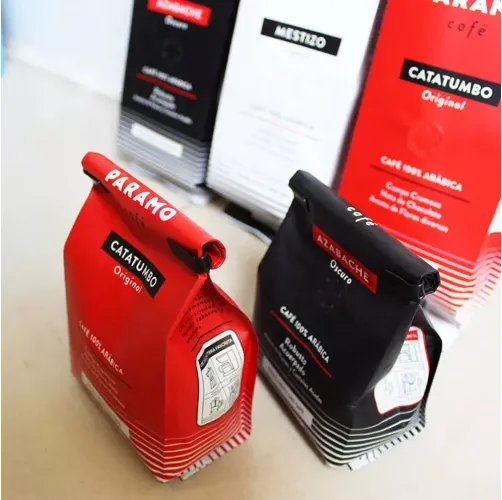- Afrikaans
- Albanian
- Amharic
- Arabic
- Armenian
- Azerbaijani
- Basque
- Belarusian
- Bengali
- Bosnian
- Bulgarian
- Catalan
- Cebuano
- chinese_simplified
- chinese_traditional
- Corsican
- Croatian
- Czech
- Danish
- Dutch
- English
- Esperanto
- Estonian
- Finnish
- French
- Frisian
- Galician
- Georgian
- German
- Greek
- Gujarati
- haitian_creole
- hausa
- hawaiian
- Hebrew
- Hindi
- Miao
- Hungarian
- Icelandic
- igbo
- Indonesian
- irish
- Italian
- Japanese
- Javanese
- Kannada
- kazakh
- Khmer
- Rwandese
- Korean
- Kurdish
- Kyrgyz
- Lao
- Latin
- Latvian
- Lithuanian
- Luxembourgish
- Macedonian
- Malgashi
- Malay
- Malayalam
- Maltese
- Maori
- Marathi
- Mongolian
- Myanmar
- Nepali
- Norwegian
- Norwegian
- Occitan
- Pashto
- Persian
- Polish
- Portuguese
- Punjabi
- Romanian
- Russian
- Samoan
- scottish-gaelic
- Serbian
- Sesotho
- Shona
- Sindhi
- Sinhala
- Slovak
- Slovenian
- Somali
- Spanish
- Sundanese
- Swahili
- Swedish
- Tagalog
- Tajik
- Tamil
- Tatar
- Telugu
- Thai
- Turkish
- Turkmen
- Ukrainian
- Urdu
- Uighur
- Uzbek
- Vietnamese
- Welsh
- Bantu
- Yiddish
- Yoruba
- Zulu
what is pla used for
What is PLA Used For?
Polylactic Acid (PLA) is a biodegradable thermoplastic derived from renewable resources such as corn starch, sugarcane, or cassava. It has gained significant attention in recent years due to its environmentally friendly properties and versatile applications. As the world faces the challenges of plastic pollution and the need for sustainable materials, PLA emerges as a promising alternative in various sectors. This article explores the diverse uses of PLA and its benefits over traditional petroleum-based plastics.
1. 3D Printing
One of the most prominent applications of PLA is in the field of 3D printing. Its ease of use and compatibility with most consumer-grade 3D printers make it a popular choice among hobbyists and professionals alike. PLA can produce intricate designs and detailed models, making it suitable for prototyping, educational purposes, and artistic endeavors. Its low melting temperature allows for quick printing, reducing energy consumption and production time.
2. Packaging
PLA is increasingly used in the packaging industry due to its biodegradability and compostability. Products made from PLA can decompose in industrial composting facilities, thus minimizing the environmental impact associated with traditional plastic waste. PLA packaging can be found in various forms, including food containers, wrappers, and bags. The ability to create transparent, aesthetically pleasing packaging solutions while maintaining food safety standards makes PLA an attractive option for manufacturers looking to adopt sustainable practices.
3. Textiles
The textile industry has also started to explore the potential of PLA fibers. PLA can be spun into yarn and woven into fabrics, providing a sustainable alternative to conventional polyester and other synthetic fibers. Fabrics made from PLA exhibit properties such as moisture-wicking, breathability, and a soft feel, making them suitable for apparel and home textiles. Furthermore, PLA textiles can be blended with other fibers to enhance performance, offering even more versatility for designers and manufacturers.
what is pla used for

4. Medical Applications
In the medical field, PLA is used to produce biodegradable medical devices and implants. Its biocompatibility allows it to be safely used within the human body, where it gradually breaks down into lactic acid, a substance naturally occurring in the body. PLA is particularly useful for producing sutures, drug delivery systems, and scaffolding materials for tissue engineering. These applications reduce the need for follow-up surgeries to remove devices, as they can safely and effectively dissolve, minimizing patient discomfort and healthcare costs.
5. Tableware and Utensils
PLA has found a niche in the manufacturing of disposable tableware and utensils. Many restaurants and food service providers are opting for PLA-based products, such as biodegradable plates, cutlery, and straws, as part of their commitment to sustainability. These products provide the convenience of single-use items while ensuring a lower environmental impact through their compostable nature.
6. Consumer Goods
PLA is also used in the production of various consumer goods, including toys, electronics casings, and home decor items. The versatility of PLA allows manufacturers to create products with diverse colors, designs, and finishes while adhering to sustainable production practices. As consumers become more environmentally conscious, the demand for PLA-based products continues to rise, prompting companies to innovate and expand their offerings.
Conclusion
In conclusion, PLA serves a multitude of purposes across various industries, from 3D printing and packaging to textiles and medical applications. Its eco-friendly properties make it a favorable choice in an era increasingly defined by sustainability concerns. As research continues to advance and technology evolves, we can expect PLA to play an even more significant role in reducing our reliance on traditional plastics and promoting a greener future. Whether through everyday products or specialized medical devices, PLA embodies the innovation and progress that align with the world's sustainable development goals.













